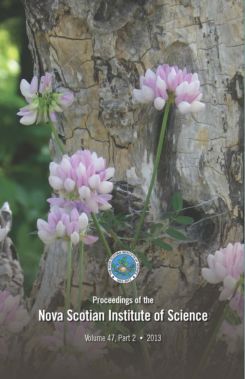A SCANNING ELECTRON MICROSCOPE ANALYSIS OF MORPHOGENESIS OF EMBRYOS AND JUVENILES OF THE DIRECT DEVELOPING ISOPOD, Cyathura polita (Stimpson, 1855)
DOI:
https://doi.org/10.15273/pnsis.v47i2.4340Abstract
Isopods are a species rich, morphologically diverse group characterised by direct development of young within a marsupium. Collectively, these traits make isopods excellent models for understanding the changes to morphogenesis that occur in the evolution of direct development, but the overall understanding of this process is limited by a lack of comparative data. We investigated morphogenesis in Cyathura polita, an isopod common in estuaries along the Atlantic coast of North America, from gastrulation to release of young as benthic juveniles, using Scanning Electron Microscopy. We found that early development of C. polita from gastrulation to hatching from the extraembryonic membranes was generally similar to that described by earlier work using sectioned material, but found that development through the manca stage to free living juveniles differed from previous studies. For instance, the embryonic dorsal organ differed from that described generally for isopods as the apical surface is covered by a sieve plate and the typically reported microvilli were not observed. Differences in timing were also noted: for example, segments appeared throughout the pereon and pleon well before the post-naupliar appendages, and not coincident with them as described previously for isopods. Limb development occurred simultaneously except that pereopod 7 did not form until the post-manca stages, as is typical for this group, suggesting there is non sequential (or suppression of) teloblast activity in postnaupliar development. Also, some broods contained young of different developmental stages (i.e., early embryos and late manca), indicating that spawning events are repeated and overlap, which is perhaps adaptive in the shortened reproductive season characteristic of our study population that is at the northern limit of the known range for this species. Mean brood size was 53.2 ± 18.9 young (range 4-108), the largest reported for Anthuridae (a family of isopod crustaceans).Key words: scanning electron microscopy, marsupium, manca, embryonic dorsal organ, direct development, crustaceans.


